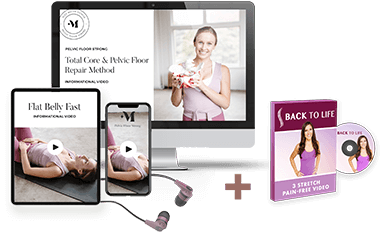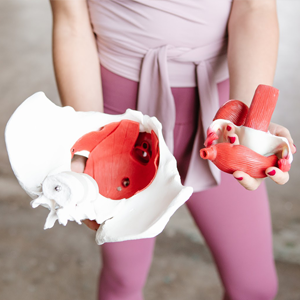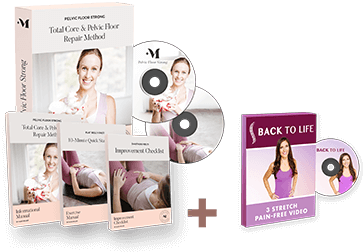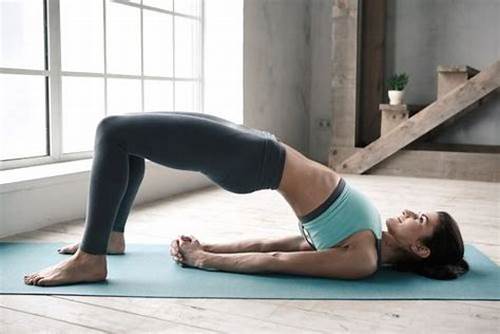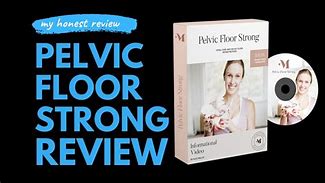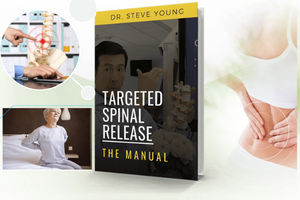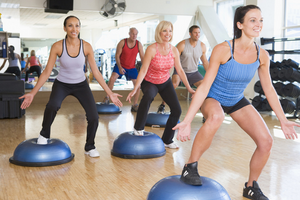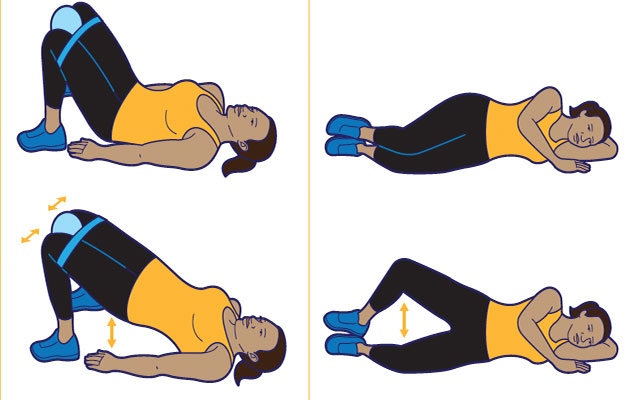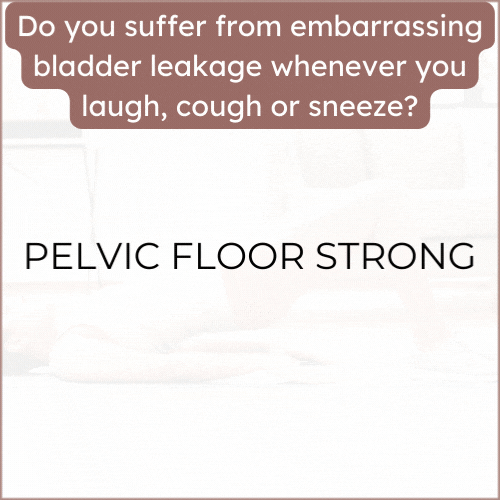The 7 Best Exercises to Strengthen Your Pelvic Floor For Women Over 35
- Kegel Exercises: Kegel exercises, also known as pelvic floor muscle training, are highly effective in strengthening the pelvic floor muscles. These exercises involve contracting and relaxing the muscles that support the uterus, bladder, small intestine, and rectum. You can perform Kegels anytime and anywhere.
- Quick Flick Kegels: Quick flick Kegels are a variation of traditional Kegel exercises. They involve quickly contracting and releasing the pelvic floor muscles. These exercises help improve muscle tone and responsiveness.
- Pelvic Brace: Start on all fours with your wrists under shoulders and knees under hips. Draw your belly button back toward your spine and up in between your ribs, as if you were pulling up a zipper. Hold this contraction for three seconds and then release. Repeat for two sets of eight reps.
- Pelvic Tilt: Start seated on a stability ball or a mat with your feet flat on the floor. Place your hands on your waist and slowly tilt your pelvis forward and backward, tucking and untucking your pelvis. You can also try drawing circles with your hips. Complete two sets of ten reps.
- Deep Squat: Stand with your feet shoulder-width apart and slightly turned out. Bend your knees and lower into a squat, aiming to get your hips lower than 90 degrees. Keep your knees tracking over your second/third toes. Push through your heels to return to a standing position. Complete two sets of eight reps.
- Bridges: Lie on your back with your knees bent and feet flat on the floor. Lift your hips off the ground, creating a straight line from your knees to your shoulders. Hold this position for a few seconds and then lower your hips back down. Repeat for multiple reps.
- Squats: Stand with your feet shoulder-width apart and toes slightly turned out. Bend your knees and lower your body as if you were sitting back into a chair. Keep your weight in your heels and your knees tracking over your second/third toes. Return to a standing position and repeat.
- Remember to consult with a healthcare provider or a pelvic floor specialist before starting any new exercise regimen, especially if you have specific pelvic floor concerns or conditions. They can provide personalized guidance based on your individual needs and help ensure you are performing the exercises correctly and safely.
- Please note that these exercises are recommended for women over 35, but they can be beneficial for women of all ages.




